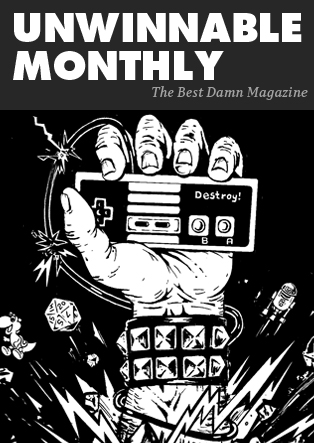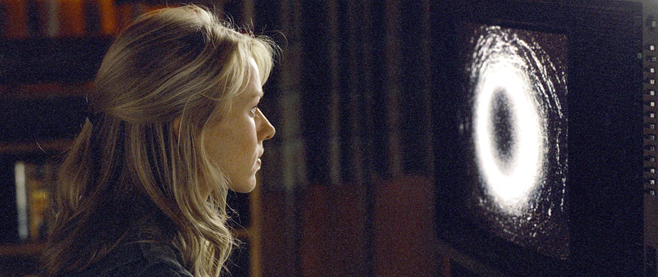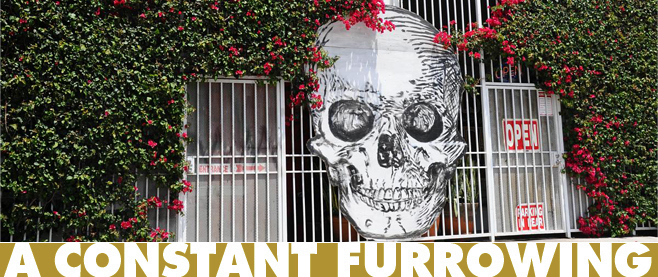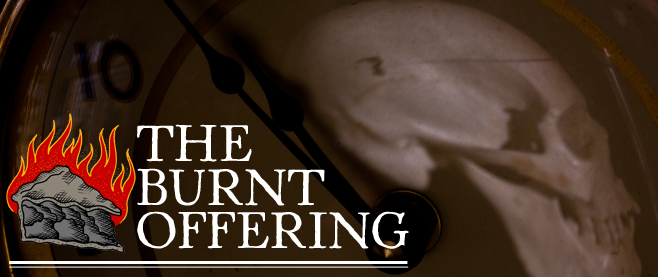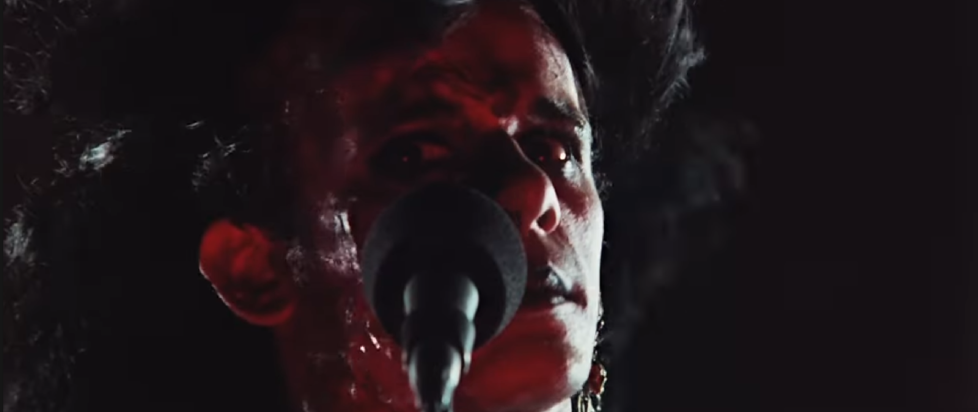
Rock’s Chosen Warriors Will Rule the Apocalypse: Trick or Treat (1986) on 4K
“This could kick you off into becoming an absolute pervert.”
Among most people who haven’t seen it, I think that Trick or Treat (not to be confused with Mike Dougherty’s Trick ‘r Treat, from 2007) gets written off as “the movie that stunt cast Gene Simmons and Ozzy Osbourne,” as a radio DJ and a crusading evangelist, respectively. Which is a shame, because it’s actually one of the better entries in a vast crop of Nightmare on Elm Street imitators that came along in the mid-to-late ‘80s. (Cross Elm Street with Christine and replace the car with heavy metal music and you’ve got Trick or Treat, in a nutshell.)
This is particularly impressive, given that it’s the feature directorial debut of actor-turned-director Charles Martin Smith, whose most famous film as director is probably… Air Bud (1997).
The movie follows Eddie “Ragman” Weinbaur, a metalhead outcast who is bullied by the jocks at his straight-laced high school and who writes letters to his hero, Sammi Curr. Curr is a notorious rocker and alumnus of the same high school, whose on-stage antics and vulgar lyrics not only got him banned from performing at the school’s Halloween ball, but also saw him testifying in front of congress – a reference (and not the movie’s only one) to the actual “rock porn” hearings of the previous year, when John Denver, Frank Zappa, and Dee Snider all testified in front of congress in defense of freedom of expression.
The hearings were spearheaded by then-senator Al Gore’s wife Tipper Gore, who objected to lyrics in a Prince album she had bought for her daughter and, from there, formed the Parents Music Resource Council (PMRC), which went before congress to try to establish a ratings board similar to the MPAA but for music. Along the way, they released their own version of Britain’s infamous list of “Video Nasties,” the “Filthy Fifteen” songs which, to their minds, exemplified the “twisted tyranny of explicitness in the public domain.”
Despite the best efforts of Denver, Zappa, and Snider, the PMRC more or less got its way, leading to the establishment of those “Parental Advisory Explicit Lyrics” logos we all remember.
Along with the broader “Satanic panic” that infected much of the ‘80s, this is the haze that is hanging over Trick or Treat, which sees our protagonist devastated by the death of his hero in a hotel fire. Visiting his friend Nuke, a radio DJ (Gene Simmons, doing his best Wolfman Jack imitation), Eddie receives Curr’s last album, Songs in the Key of Death, which Nuke will also be playing in its entirety at midnight on Halloween, as a tribute to Curr’s legacy.
Playing the album backward, however, has unforeseen effects. Well, unforeseen for Eddie. We’re pretty well on board by then. Surprisingly, though, while the film’s logline is “heavy metal singer brought back to life as fire-scarred electrical revenant,” it takes a considerable amount of time to get there. Before Curr fully returns from the beyond, he communicates with Eddie through the record, giving Eddie both the confidence and the ideas for how to get back at his oppressors.
Eddie is played by Marc Price, who was also in Analog Sunday favorite Little Devils: The Birth from director George Pavlou (Rawhead Rex), so… do with that information what you will. Here, he is the glue that holds the movie together, playing one of the most credible teenage outcasts in cinema history. Eddie is both creepy and awkward enough that you can buy that people would actually bully him, and likeable enough that you’re rooting for his hero turn.

In some ways, the movie is at its best when it’s still building up to the appearance of Sammi Curr, who eventually comes leaping as an optical effect out of a speaker to warn Eddie that, “You should be loyal to your heroes, they can turn on you.”
Ultimately, the conflict here is pretty familiar. Eddie initially relishes the power that his relationship with the undead Sammi Curr brings him, only to balk when Curr begins to take things too far, first putting a girl in the hospital (via the film’s only real monster effect, if Curr’s undead makeup doesn’t count) and then threatening the lives of several others.
All this comes to a head at Chekhov’s Halloween dance, where Curr takes the stage, zapping people with bolts of lightning from his guitar.
Rumor has it that both Gene Simmons and Blackie Lawless of W.A.S.P. were offered the role of Sammi Curr, but once the film had cast dancer Tony Fields in the part, they made the most of it, and Curr is undoubtedly the most athletic of all the various ‘80s slasher villains, doing leaps, spins, and swinging from the backboard in the school gymnasium.
Sammi Curr’s singing voice was provided by Dave King (yes, the one from Flogging Molly) and the band Fastway, who released the movie’s soundtrack as their fourth album. Other music in the film was early work by composer Christopher Young, who had previously worked on Nightmare on Elm Street 2 and would do the soundtrack for Hellraiser the following year.
This all sounds pretty silly – and it is – but the movie mostly doesn’t play it that way. There are a few good laughs, such as when Curr pulls a busybody out through the screen of a television set and then, later, a character is vacuuming her charred remains from the carpet, but the appellation of “horror comedy” is no more appropriate here than it would be for any given Nightmare on Elm Street installment.
The scenes of bullying are at times genuinely harrowing, even if they get a suitably ‘80s movie comeuppance, and the internal struggle of Eddie is played as real, sold by a performance from Price that allows you to think, early on, that he could go either way. In some other timeline, there’s a version of this flick where Sammi Curr never materializes, and Eddie simply becomes a serial killer, driven by the voices he believes he hears on his records. For the first half hour or so, the two movies are identical.
———
Orrin Grey is a writer, editor, game designer, and amateur film scholar who loves to write about monsters, movies, and monster movies. He’s the author of several spooky books, including How to See Ghosts & Other Figments. You can find him online at orringrey.com.

